Virtual Batteries: How They Work and Are They Really Worth It?

A virtual solar battery is a dematerialised energy storage system managed by an electricity supplier. Unlike a physical battery, it requires no equipment to be installed in your home. It operates like an “energy account”, where the surplus electricity generated by your solar panels is stored virtually for later use.
How Do Virtual Batteries Work?
When your solar panels produce more electricity than you consume, the surplus is sent to the public grid and credited to a “virtual account”. You can then use this stored electricity later, such as at night or during cloudy weather.
Several key players are involved in this process:
- Energy producers: The owners of solar panels who generate electricity and send the surplus to the grid.
- Electricity suppliers: They manage the virtual storage of electricity and re-inject it into the grid when required.
- Grid operators: They oversee electricity distribution and ensure the stability of the network.
Technologies and Platforms Used
Virtual batteries rely on smart meters (such as the Linky meter in France) and digital platforms that allow users to monitor electricity production and consumption in real time. These tools make energy management easier and help optimise self-consumption.
The Difference Between Virtual and Physical Solar Batteries
Unlike a physical battery, a virtual battery requires no initial investment or maintenance. It also does not require any equipment to be installed at home. Storage and re-injection are managed entirely by your electricity supplier. However, it depends fully on your supplier and cannot operate during a power outage.
Physical vs. Virtual Batteries:
Cost: A physical battery requires a significant upfront investment, whereas a virtual battery costs nothing to install. However, virtual batteries involve additional costs such as subscription fees, taxes on reinjected electricity, and transmission charges.
Autonomy: A physical battery continues to function even during a power cut, unlike a virtual one.
Profitability: A physical battery may prove more cost-effective in the long term, especially for those with high self-consumption rates.
The Advantages of Virtual Battery Storage
1. No Installation Cost
One of the main advantages of a virtual battery is that it requires no installation at home. This represents a significant saving compared to physical batteries, which can cost several thousand euros.
2. Simple Management
Your electricity supplier manages everything: storage, re-injection, and monitoring of your consumption. You don’t have to do anything other than enjoy your stored electricity. This makes it an ideal solution for those who prefer a hassle-free solar setup.
3. Energy Available 24/7
The electricity stored virtually is accessible at any time, at night, during bad weather, or even months later. For example, surplus energy generated in summer can be used to power your home in winter. This flexibility helps you maximise self-consumption and make the most of your solar installation.
4. No Long-Term Commitment
Most virtual battery providers in France offer subscription plans with no long-term commitment. This gives users greater flexibility, allowing them to test the service and adjust it according to their energy needs without being tied to restrictive contracts.
5. Flexibility
A virtual battery is particularly suitable for tenants or homeowners who cannot install a physical battery. It is also an excellent option for those wishing to test self-consumption without investing in expensive equipment.
6. Environmentally Friendly
Virtual batteries reduce dependence on fossil fuels and help limit greenhouse gas emissions from electricity production.
The Disadvantages of Virtual Batteries
Although virtual batteries are an innovative solution that helps consumers optimise self-consumption, they also have some drawbacks worth considering.
Dependence on the Energy Supplier
Prices and conditions vary depending on the supplier. It’s important to compare offers before subscribing. Some suppliers may charge management fees or offer less favourable buy-back rates.
Limited Profitability
With a virtual storage system, you can use 100% of your solar production. However, this doesn’t mean you’re free from costs when reusing stored electricity. In practice, when you draw this stored electricity back from the grid, you must pay taxes and transport fees related to the “round-trip” of electricity. These fees represent around 66% of the normal electricity rate. For this reason, virtual storage is often not profitable for private individuals. In many cases, a physical battery can be more economical, particularly if you have high self-consumption.
No Physical Storage
In the event of a power outage, you cannot access the electricity stored in your virtual battery, which limits its usefulness during blackouts.
No Financial Incentives
One of the main disadvantages of virtual batteries is that they are not eligible for financial aid. Like in France, for instance, the self-consumption bonus, worth approximately €1,000 for a 3-kW installation, is only available to users who sell their surplus electricity via contracts such as those offered by EDF OA or Local Distribution Companies (ELDs).
A Better Energy Storage Solution than Virtual Batteries: Plug-in Solar Batteries
Based on the analysis above, we do not currently recommend virtual batteries, as they are less profitable compared to self-use or selling excess production. If you wish to invest in a solution to store the solar energy you produce, a physical storage system is a more suitable option. However, one major drawback of traditional storage systems is their complex installation process and high setup costs. That’s why what you need is a plug-in solar battery, which requires no complicated installation and allows you to enjoy effortless energy storage.
Zendure SolarFlow Hyper 2000 is the ultimate plug-in AC energy storage solution, setting new standards for clean energy innovation. It features a modular and stackable design, with battery capacity ranging from 0.96 kWh to 23.04 kWh, meeting the electricity needs of most households.
- AC-coupled plug-and-play storage solution;
- 1,200 W bidirectional AC power;
- Up to 23.04 kWh of storage with three units on a single phase;
- 2,400 W solar input power, 1,800–7,200 W MPPT;
- ZenLink multi-set automatic connection;
- 10-year warranty and 15-year lifespan.
How to Use and Maintain Virtual Batteries Effectively?
- Choose the right supplier: Compare offers and tariffs to find the one that best suits your needs. Consider management fees, buy-back rates, and storage conditions. Research your supplier’s reputation and read customer reviews.
- Optimise self-consumption: Align your electricity use with solar production hours to maximise savings. For instance, run household appliances during the day when your panels are generating electricity.
- Monitor your consumption: Use the monitoring tools provided by your supplier to adjust your energy usage. Many suppliers offer mobile apps that track your production and consumption in real time.
- Maintain your solar panels: Although virtual batteries require no maintenance, it’s essential to keep your solar panels in good condition to maintain optimal performance. Clean them regularly and check their energy output.
Conclusion
Virtual batteries offer a practical and accessible solution for optimising solar self-consumption They enable you to store the excess electricity generated by your solar panels and use it when needed, without the need for expensive hardware or complex installation work. Although profitability depends on various factors—such as your consumption level, self-consumption rate, and supplier tariffs—virtual batteries represent an appealing alternative to physical batteries, particularly for those with smaller budgets or limited installation options at home.
However, it’s important to compare available offers carefully and weigh the pros and cons of each option. Whether you choose a virtual battery, a physical battery, or opt to sell your surplus, the goal remains the same: to maximise your use of solar energy and reduce your electricity bills.
FAQ
1. Which Suppliers Offer Virtual Batteries?
Ekwateur, Ilek, and Plüm Énergie currently offer virtual battery solutions in France.
2. How Do Virtual Batteries Work?
The surplus electricity generated by your solar panels is stored virtually in an account managed by your supplier and can be reused later.
3. Why Doesn’t EDF Offer Virtual Batteries?
As a long-established supplier, EDF mainly focuses on traditional electricity offers and physical batteries. While it provides self-consumption and surplus resale options, EDF does not currently offer virtual battery services, likely for regulatory or strategic reasons.
4. How Much Does a Virtual Battery Cost?
There are no installation costs, but management fees typically range from €1 to €30 per month, depending on the supplier.

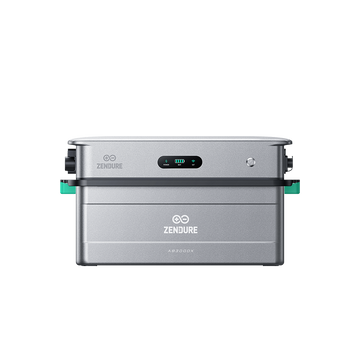


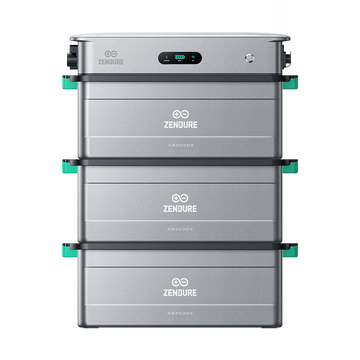
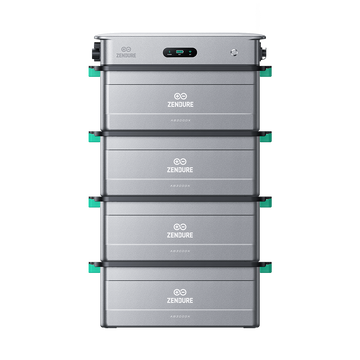
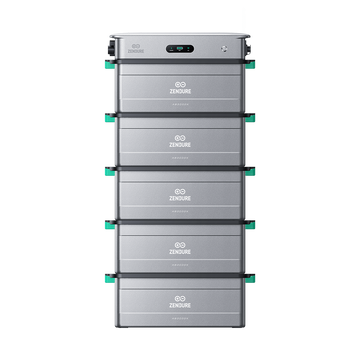
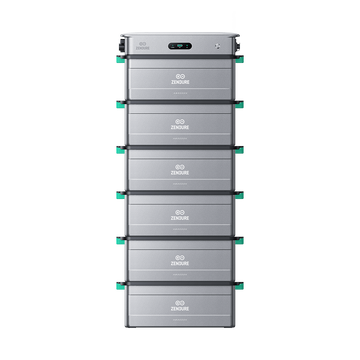
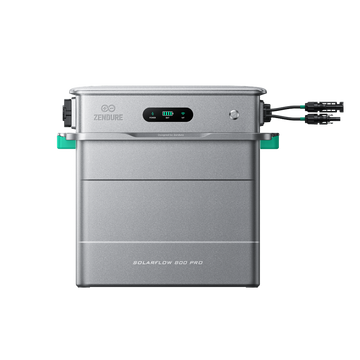

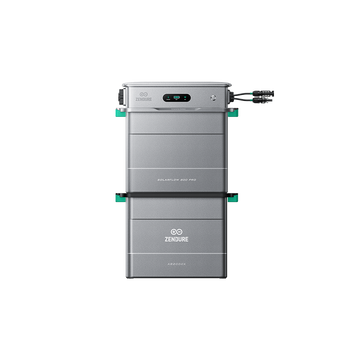

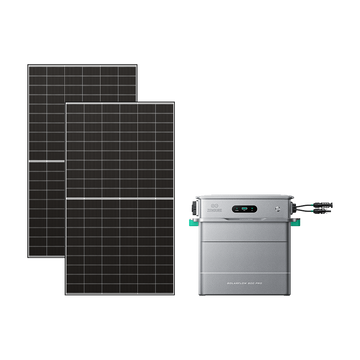
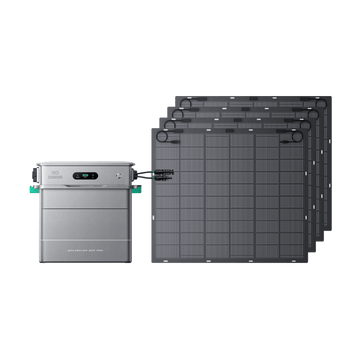
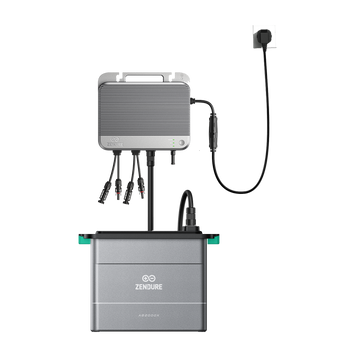
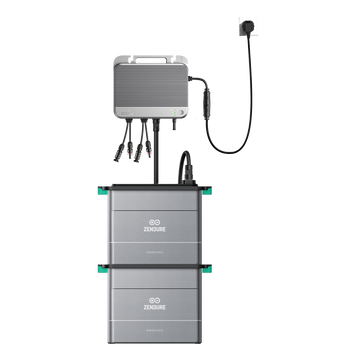

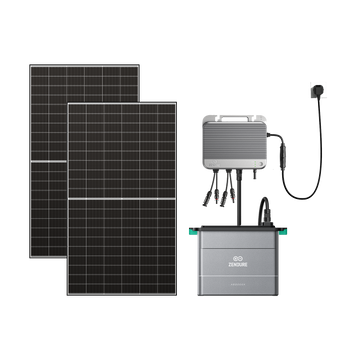



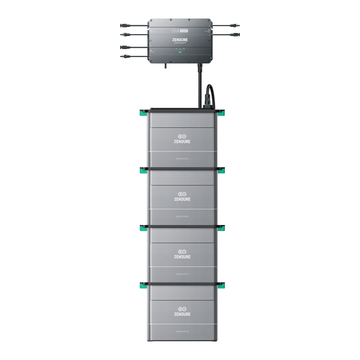
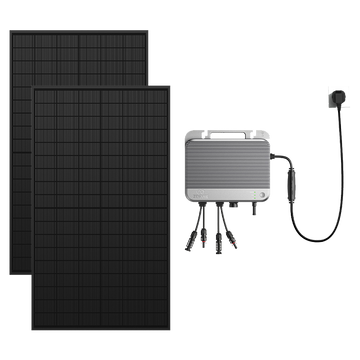
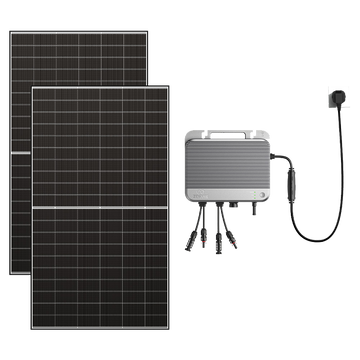
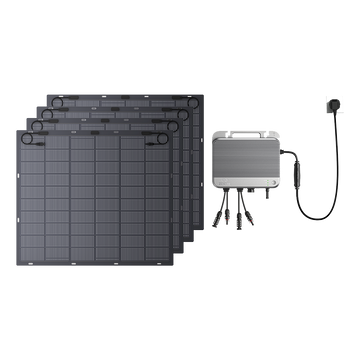


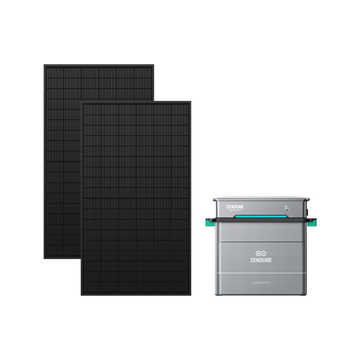

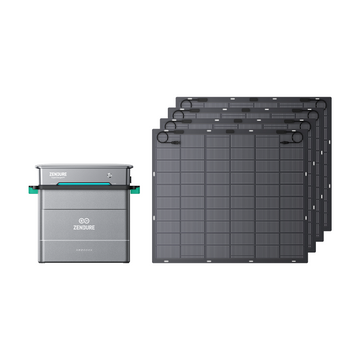


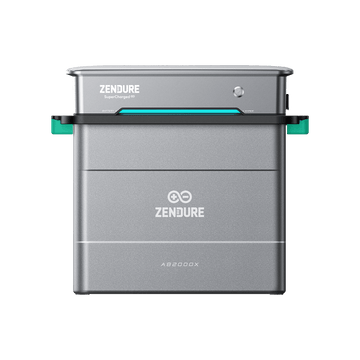

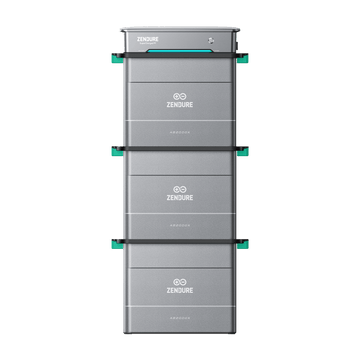


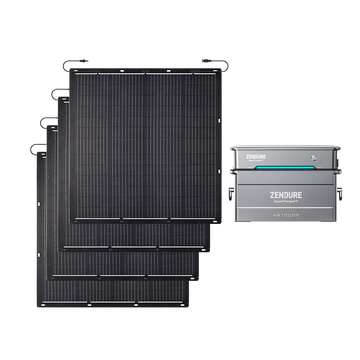


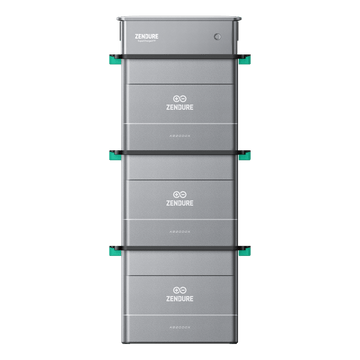
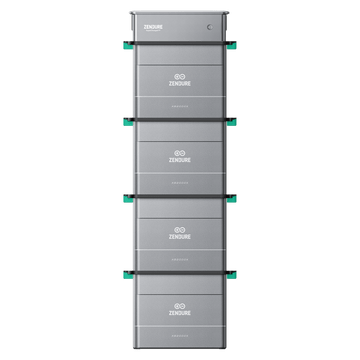

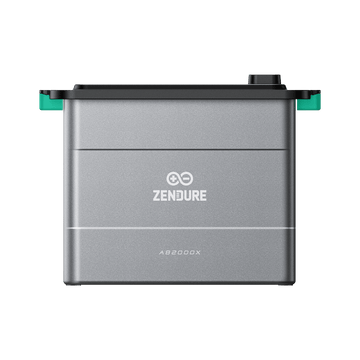

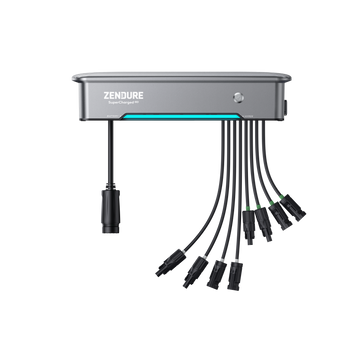


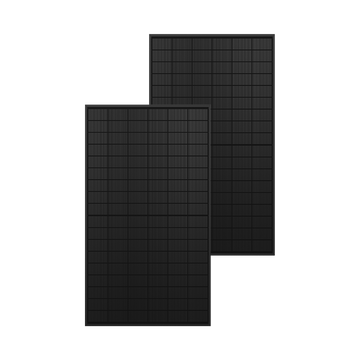
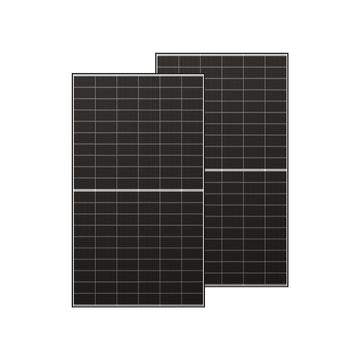


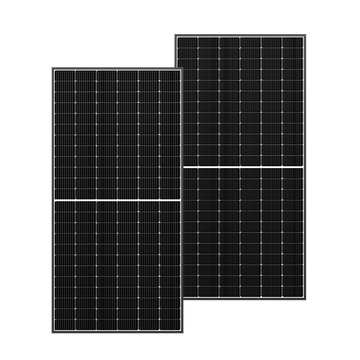
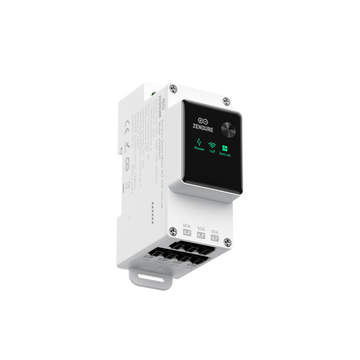
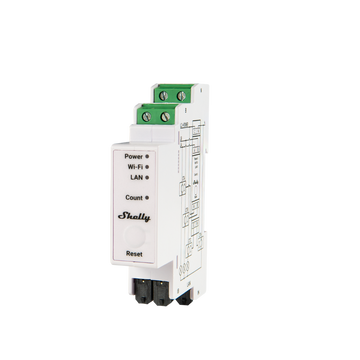


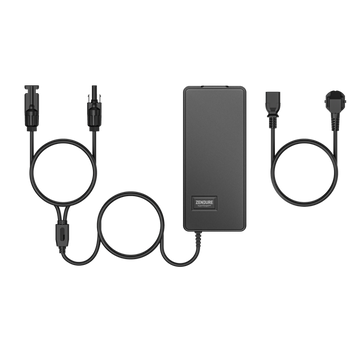






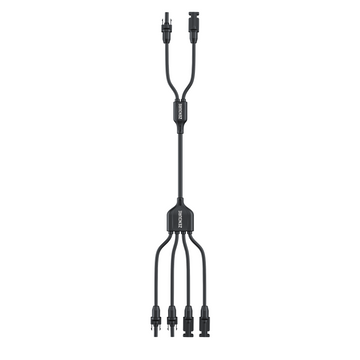
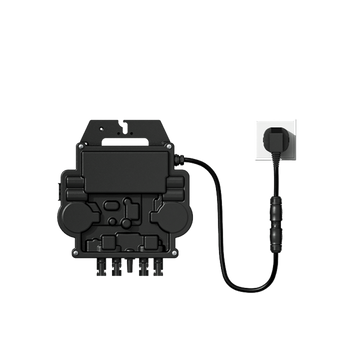


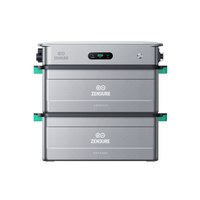

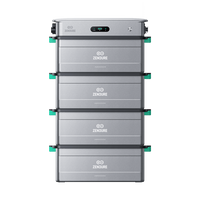
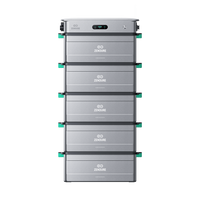



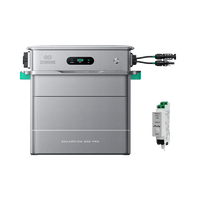

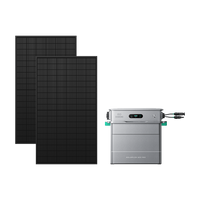
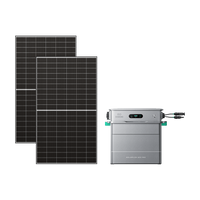
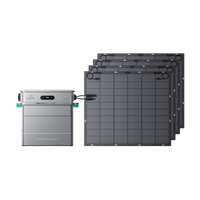


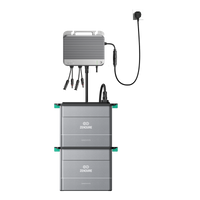



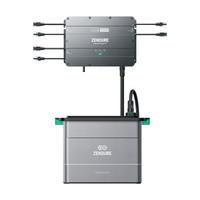
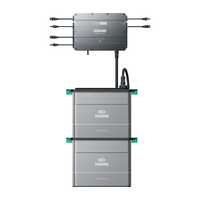
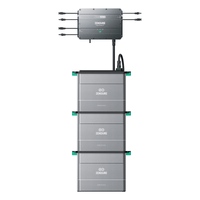
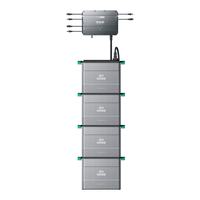


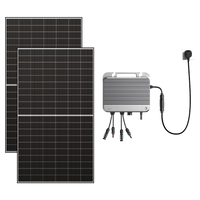
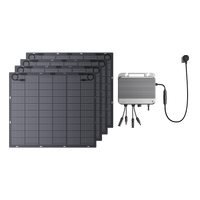

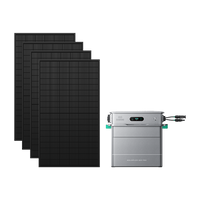
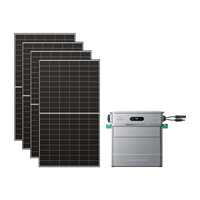

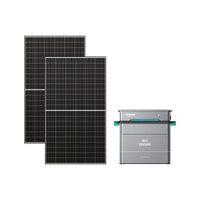
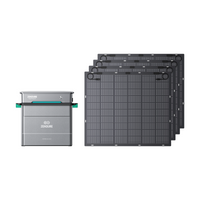
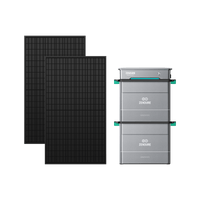
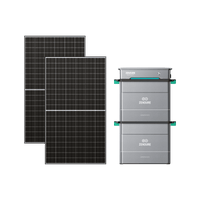

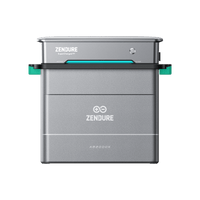
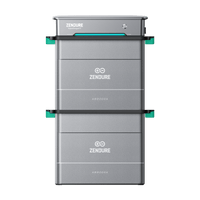
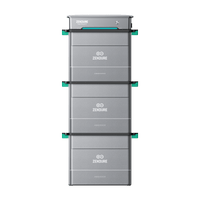


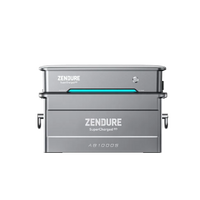
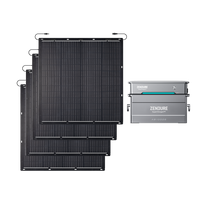



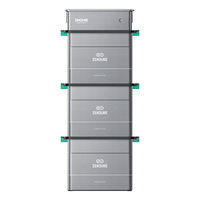
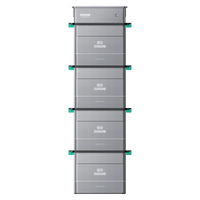

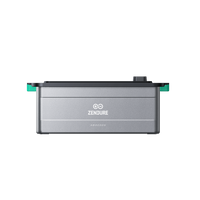


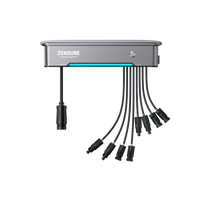

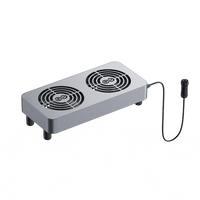
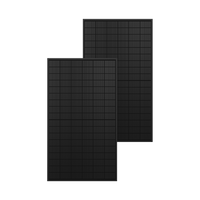


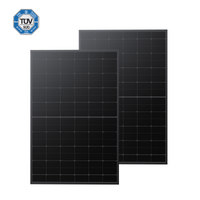


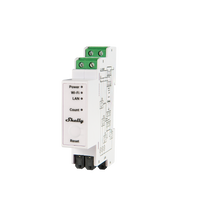




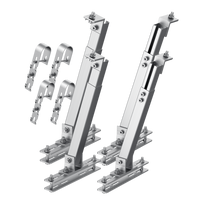

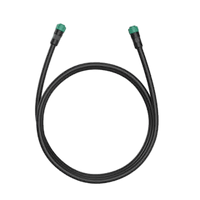


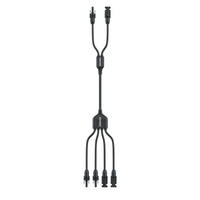
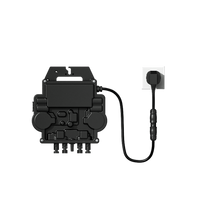




Leave a comment